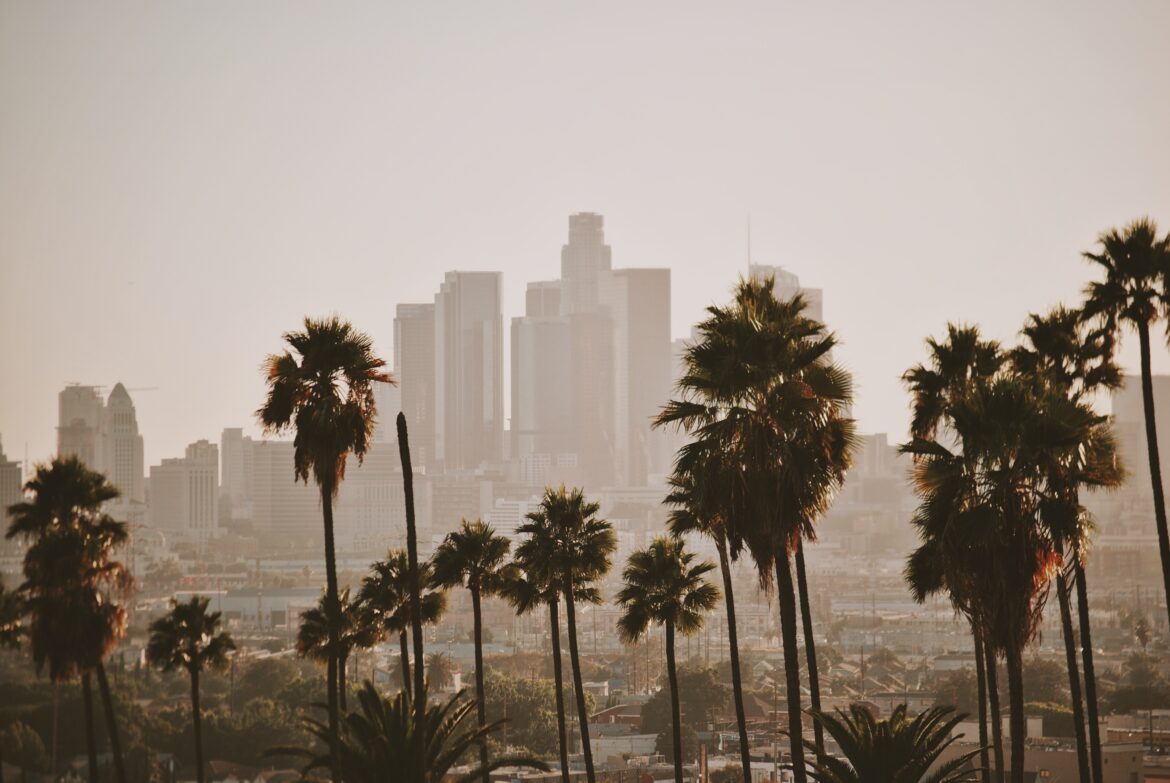Another day, another social media controversy. However, this particular one is centred around Brooke Baevsky, a Beverly Hills-based private chef who posted a TikTok detailing how she spent $3515.09USD restocking her client’s pantry at Erewhon, the high-end grocery store that has become Los Angeles’ most recent influencer hotspot. Considering the average Los Angeles’ citizens’ monthly costs are $1,123.5 without rent, this extreme spending on basic necessities such as groceries shows the increasing gap between LA’s wealthy and the rest of its citizens.
Although LA is glamorized as the sought-after destination for those pursuing fame, fortune, and networking and sponsorship opportunities, the harsh reality for many of LA’s citizens does not coincide with what’s seen on social media. 2019 marked the lowest recorded poverty rate in the United States over the last six decades, but following the COVID-19 pandemic, poverty rates rose once again in 2020 and 2021, and household income declined. However, Los Angeles’s current poverty rate sits at 16.6% of the population, which trumps any other major American city and translates to about 635,837 out of 3,828,299 people. Further, Los Angeles’ poverty rate is 34.96% higher than the California average. According to federal guidelines, individuals fall below the poverty line if they earn less than $11,770 per year or less than $24,250 for a family of four. The grocery haul mentioned earlier is considerably more absurd once you consider the fact that four of these pantry stocks alone total more than what the average poverty-stricken individual earns in a year.
Implementing social programs, increasing the minimum wage to $15 an hour, and offering tax relief are just a few of the projects implemented in the last decade to aid individuals in California, specifically Los Angeles, affected by poverty. An example of this is Proposition HHH, which was passed in Los Angeles in 2016. This ballot measure, funded by higher property tax to an amount of $1.2 billion, financed 10,000 apartments for Los Angeles’s homeless community. However, in the last six years, this project has failed to make a dent in homelessness rates, as only a few apartments have been built while homelessness rates jumped from 28,000 to 42,000 individuals in 2022. Further, in January of 2023, Senate Bill (SB) 3 raised California’s minimum wage to US$15.50 per hour. Yet, in 2019, the United Ways of California’s Real Cost Measure, which determines how much a household needs to earn to afford basic living essentials in various California cities, found that two adults would need to work full-time at an hourly wage of $22 an hour in order to adequately provide for a four-person family. This is nearly 1.5 times the amount of the current minimum wage, deeming the current minimum wage insufficient for a family to stay afloat in Los Angeles.
On the subject of income inequality, Alissa Anderson, a senior policy analyst at the California Budget & Policy Center asserted “I think we’re just too rich a state for there to be so many people struggling to have a roof over their head or put food on the table.” Not only does this statement highlight the gap between Los Angeles’ wealthy and poor, but how social media’s lens often presents the idealized versions of certain stories, as it’s often the extravagant actions, such as celebrity chefs pooling out thousands of dollars on a basic pantry restock, that gain the most attention and views, further adding popularity to LA’s wealthy while the less-affluent sectors of the population remain unnoticed. Most recently, LA’s lavish and local grocer Erewhon has been a hot spot for celebrities and influencers alike, with its products and shoppers flooding all aspects of social media. The excessive attention that has been drawn to Erewhon even generated a New York Times article, ”How Erewhon Became L.A.’s Hottest Hangout.” The title itself illustrates a grocery store, a place that provides essentials for people to live, as another one of LA’s activities because of the wealth and prestige associated with it. However, this sort of ‘hangout’ is in fact severely out of touch with reality when its individual items exceed what the average LA citizen in poverty would make in a year. However, it continues to be publicized, romanticizing the wellness-based and lavish aspect of Los Angeles, while its citizens facing adverse living conditions are left in the shadows.
Edited by Rebecca Bennet
Mayah Esmail is a U2 student at McGill University pursuing a major in Economics and a minor in Psychology. She is originally from Vancouver, BC, and her interests vary from economic policies, feminism, and socio-cultural issues.

